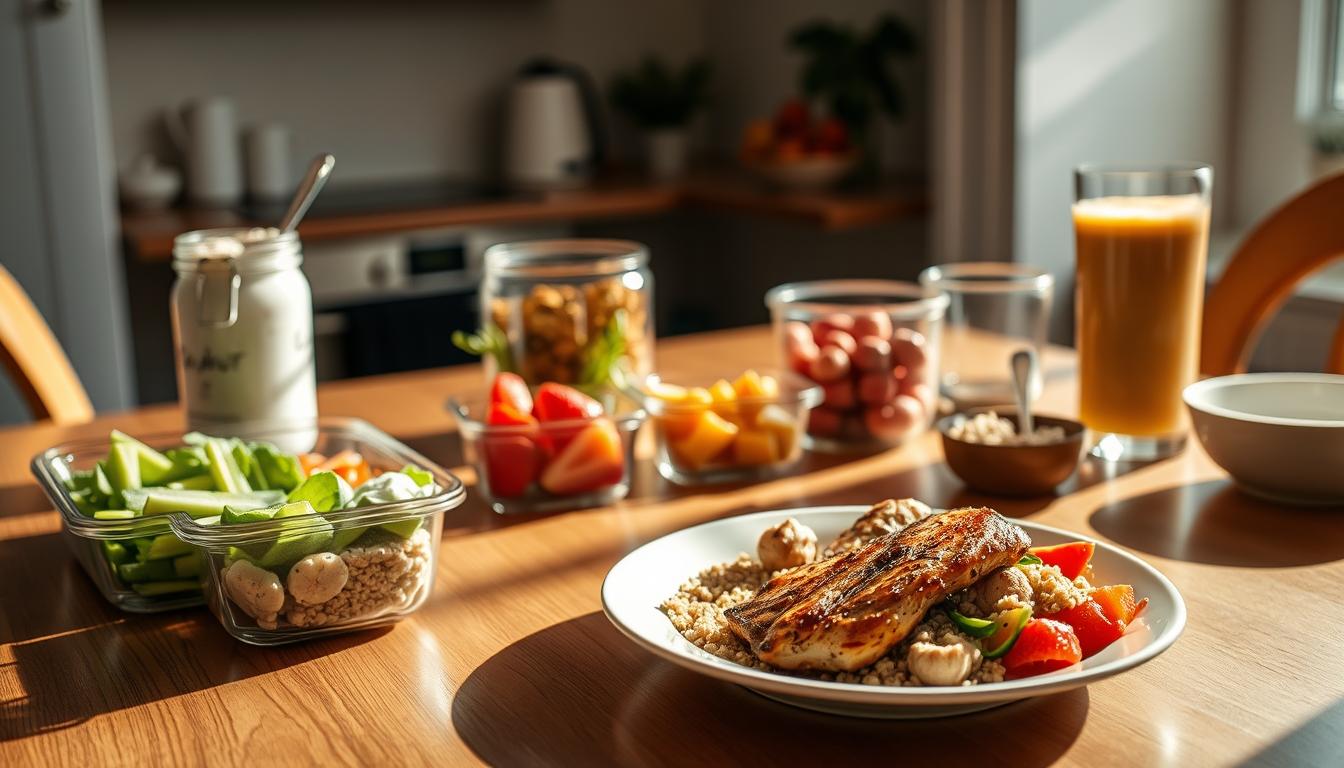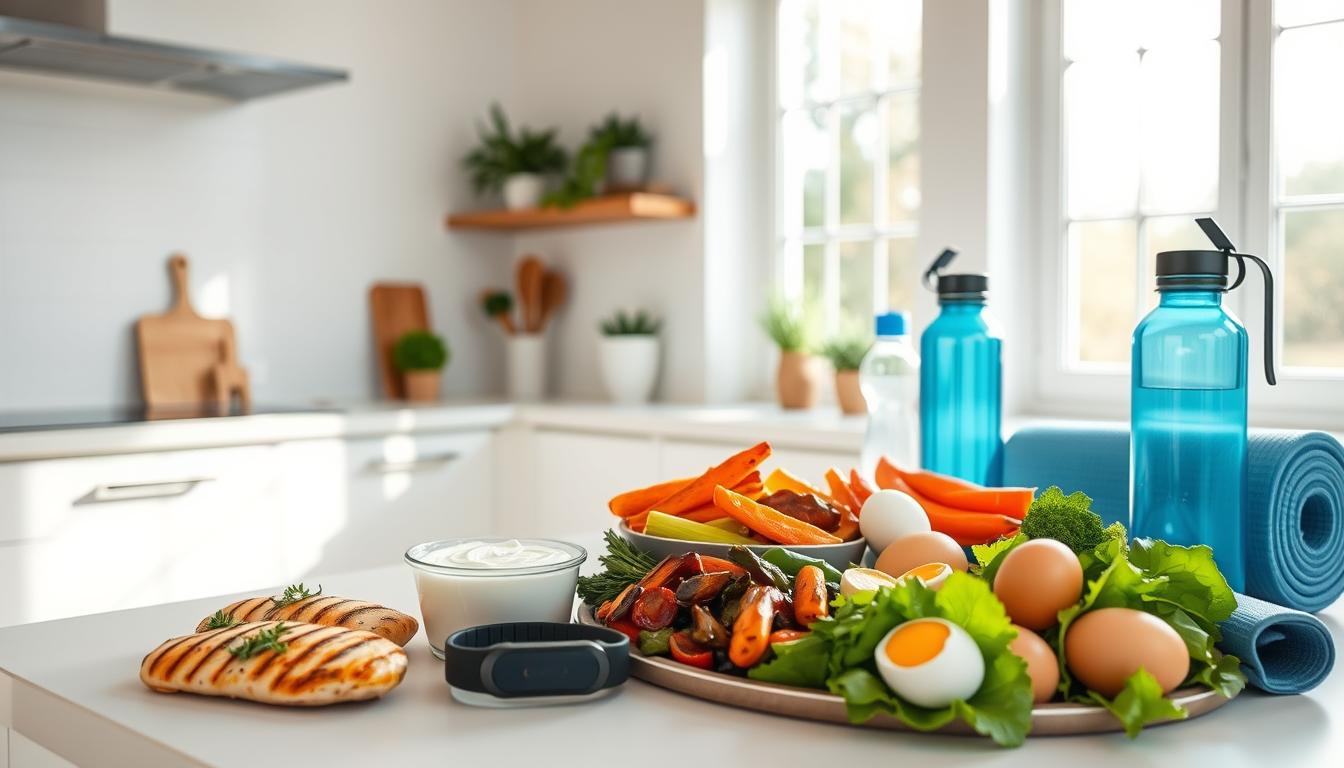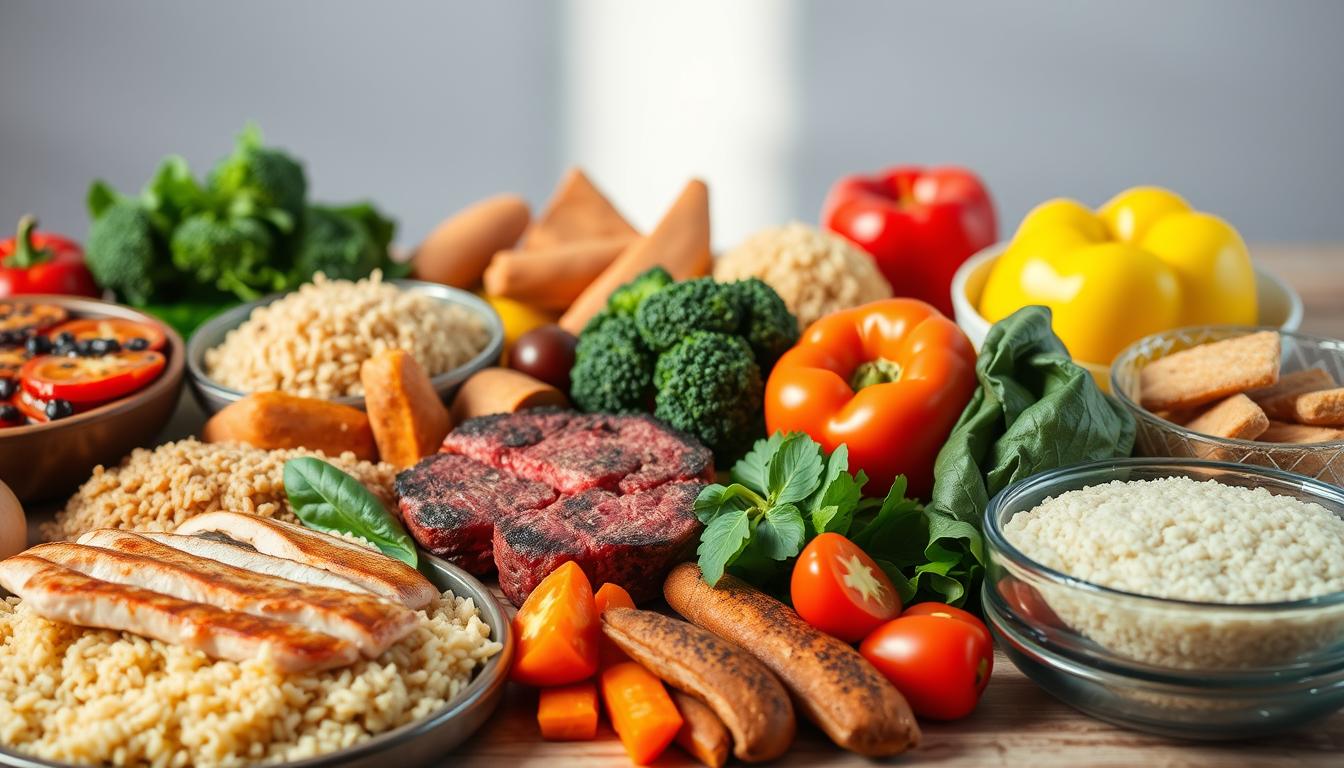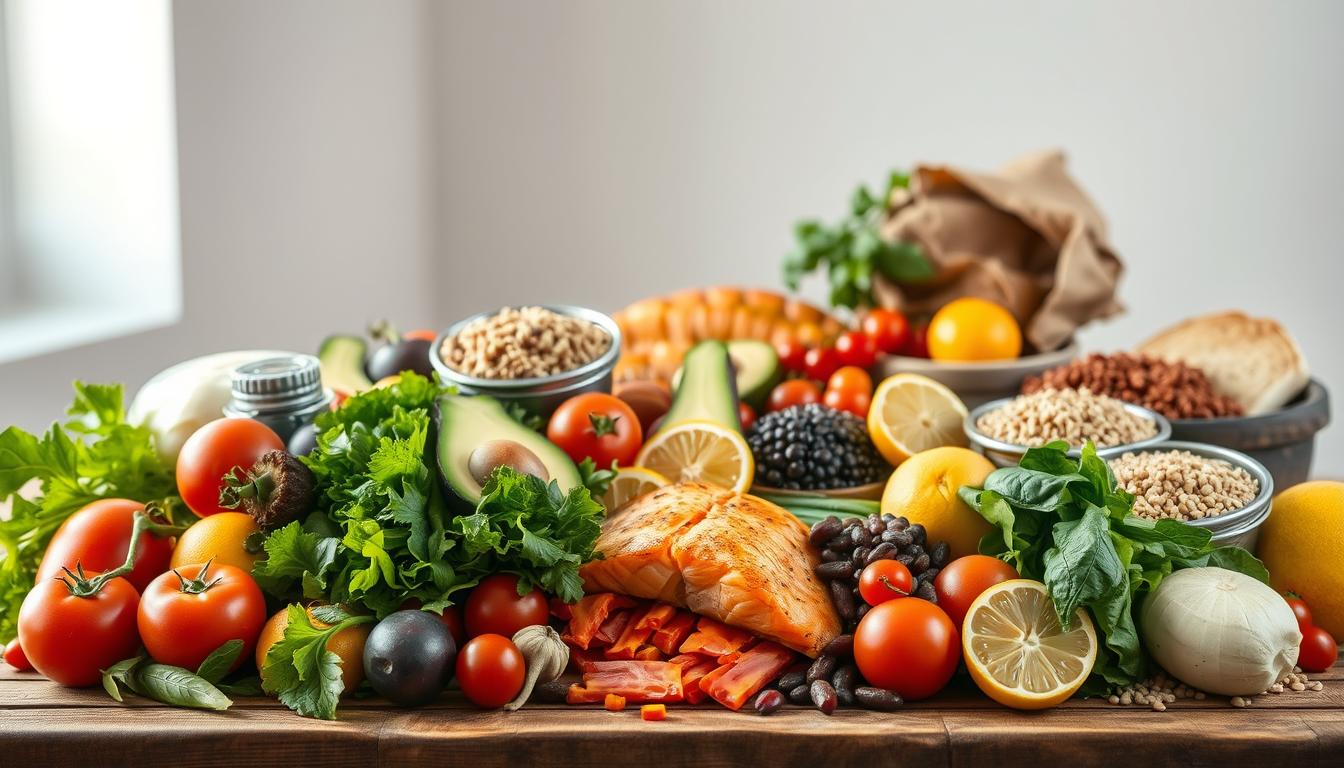Custom Macro Diet Plan for Weight Loss
A tailored nutrition approach is revolutionizing the way people achieve their weight loss goals. With the rising popularity of macro counting, individuals are discovering that…
Meal Planning for Busy Professionals: Tips and Tricks
Did you know that nearly 60% of professionals skip healthy meals due to their hectic schedules? This can lead to decreased productivity and increased health…
Optimize Your Weight Loss with a Custom Macro Diet Plan
Nearly 70% of adults in the United States are overweight or obese, highlighting the need for effective weight loss strategies. A personalized nutrition approach can…
Beginner’s Guide to Macro Counting for Fat Loss
Did you know that tracking your macronutrient intake can significantly enhance your weight loss journey? Macro counting is a nutritional approach that involves monitoring the…
The Best Meal Plan for 16:8 Intermittent Fasting
Did you know that nearly 30% of adults in the United States have tried some form of intermittent fasting? The 16:8 method, where one fasts…
Intermittent Fasting Meal Plan for Beginners
Did you know that nearly 45% of adults in the United States have tried some form of intermittent fasting to improve their health and achieve…
High Protein Diet Plan for Fitness Beginners
A staggering 75% of fitness beginners quit within the first few months, often due to inadequate nutrition. A well-structured high protein diet plan is crucial…
Meal Plans for Muscle Gain and Fat Loss
Achieving fitness goals requires a combination of regular exercise and a well-structured nutrition plan. Did you know that a proper diet can account for up…
Meal Plan to Manage High Blood Pressure Naturally
Nearly 1 in 2 adults in the United States has high blood pressure, a condition that significantly increases the risk of heart disease and stroke….



